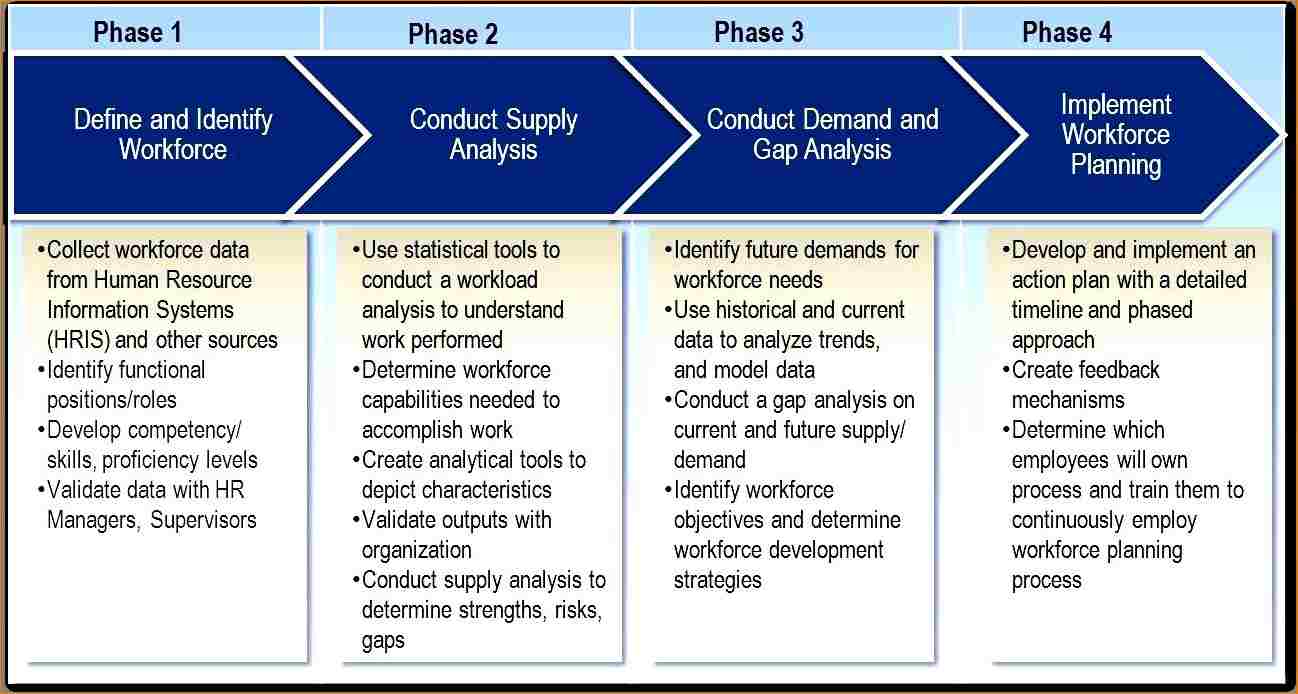The UCSF Business Impact Analysis (BIA) process identifies and evaluates the potential effects (financial, life/safety, regulatory, legal/contractual, reputational and so forth) of natural and. Business impact analysis (BIA) identifies critical and time-sensitive business operations and predicts or evaluates the effects of disruption or interruption on those operations. In the event of downtime, what Here's our Business Impact Analysis (BIA) definition: A BIA provides you with a clear picture of the. (Redirected from Business impact analysis). The BIA is a structured and formal process for determining the priorities for the resumption and continuity of services / business activities following a disruption.
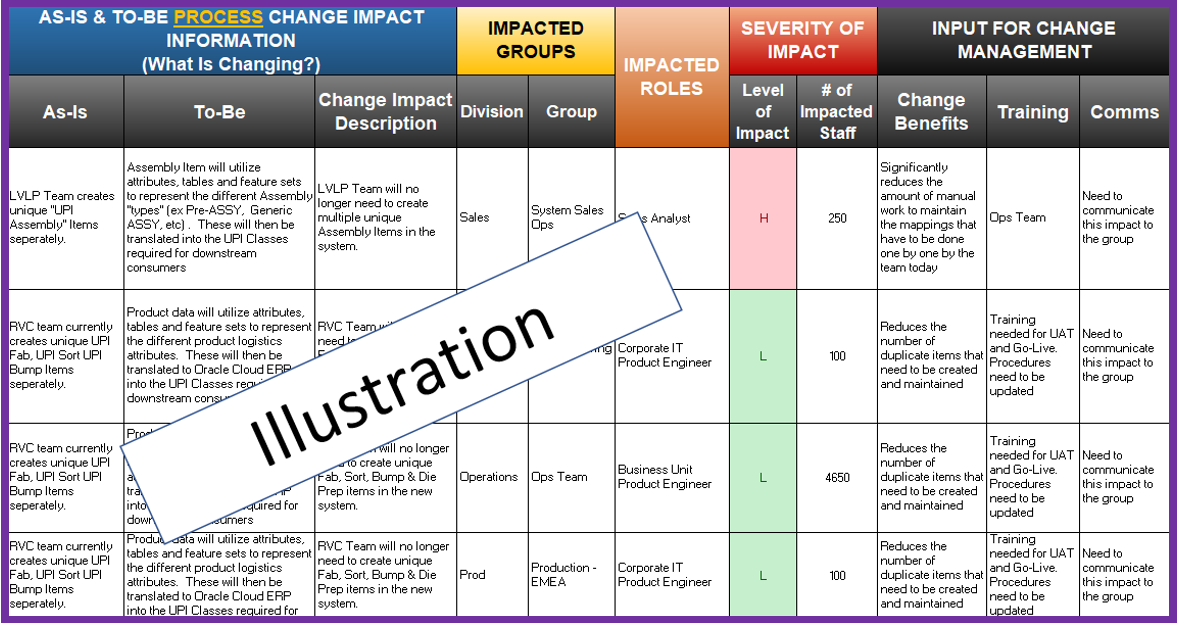
Business impact analysis (BIA) identifies critical and time-sensitive business operations and predicts or evaluates the effects of disruption or interruption on those operations.
A business impact analysis is a look at the potential threats an organization faces. Business impact analysis (BIA) identifies critical and time-sensitive business operations and predicts or evaluates the effects of disruption or interruption on those operations. The BIA is a structured and formal process for determining the priorities for the resumption and continuity of services / business activities following a disruption.
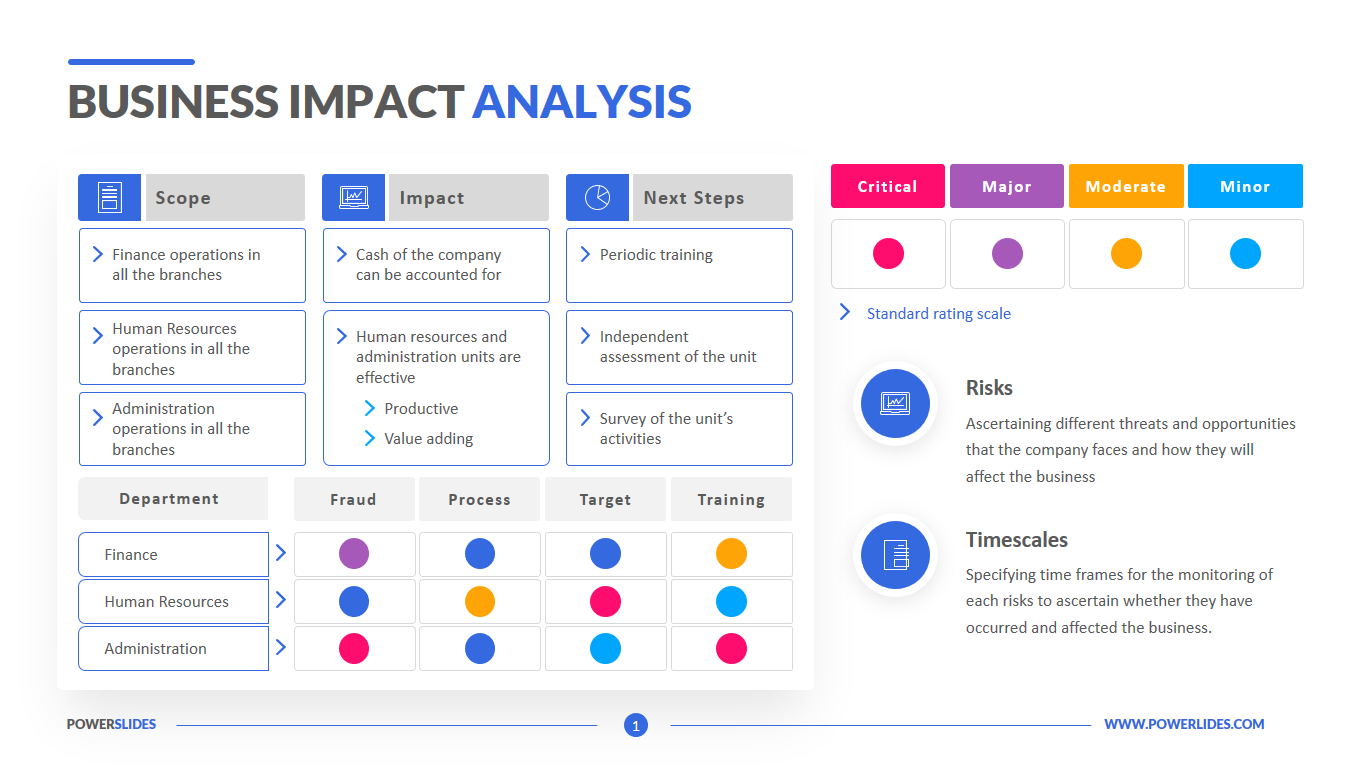
The UCSF Business Impact Analysis (BIA) process identifies and evaluates the potential effects (financial, life/safety, regulatory, legal/contractual, reputational and so forth) of natural and.

The UCSF Business Impact Analysis (BIA) process identifies and evaluates the potential effects (financial, life/safety, regulatory, legal/contractual, reputational and so forth) of natural and.

The UCSF Business Impact Analysis (BIA) process identifies and evaluates the potential effects (financial, life/safety, regulatory, legal/contractual, reputational and so forth) of natural and.
Business impact analysis (BIA) is a component of business continuity planning that helps to identify critical and non-critical systems. Business continuity planning (or business continuity and resiliency planning) is the process of creating systems of prevention and recovery to deal with potential threats to a company. Business Impact Analysis: The Early Warning System for Successful Strategy. Business impact analysis (BIA) is a process that identifies and assesses the effects that accidents, emergencies, disasters, and other unplanned, negative events could have on a business. If Newton's third law of physics is correct, and every action has an equal and opposite reaction, then businesses need to take note.
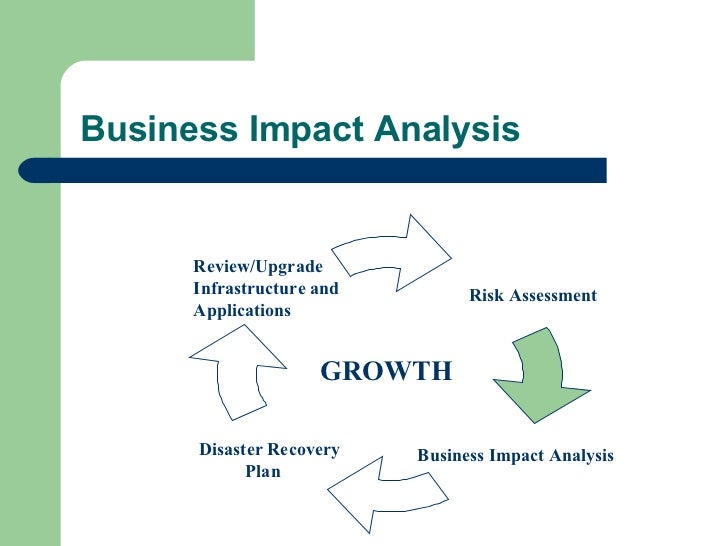
A business impact analysis predicts the consequences of business function and process disruption, and gathers information needed to develop recovery strategies.

A business impact analysis predicts the consequences of business function and process disruption, and gathers information needed to develop recovery strategies.
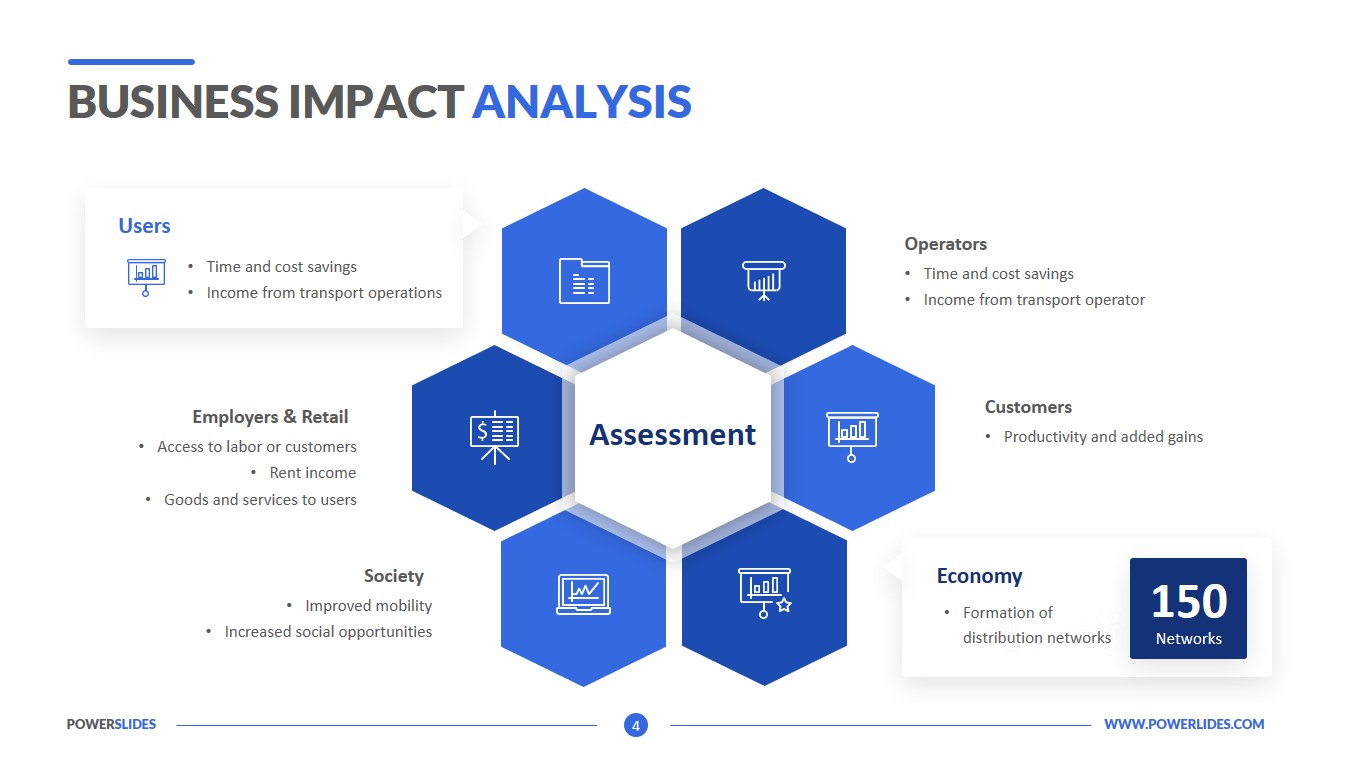
The Business Impact Analysis (BIA) is a process to establish business continuity requirements by identifying time-sensitive activities in an organization, based on the impact stemming from a disruption.
It helps to collect information required for developing recovery strategies. The UCSF Business Impact Analysis (BIA) process identifies and evaluates the potential effects (financial, life/safety, regulatory, legal/contractual, reputational and so forth) of natural and. Business Impact Analysis: While taking their risk assessments into account, executives create a BIA by evaluating the effects of various business disruptions and studying the best ways to mitigate. Business impact analysis (BIA) identifies critical and time-sensitive business operations and predicts or evaluates the effects of disruption or interruption on those operations.

